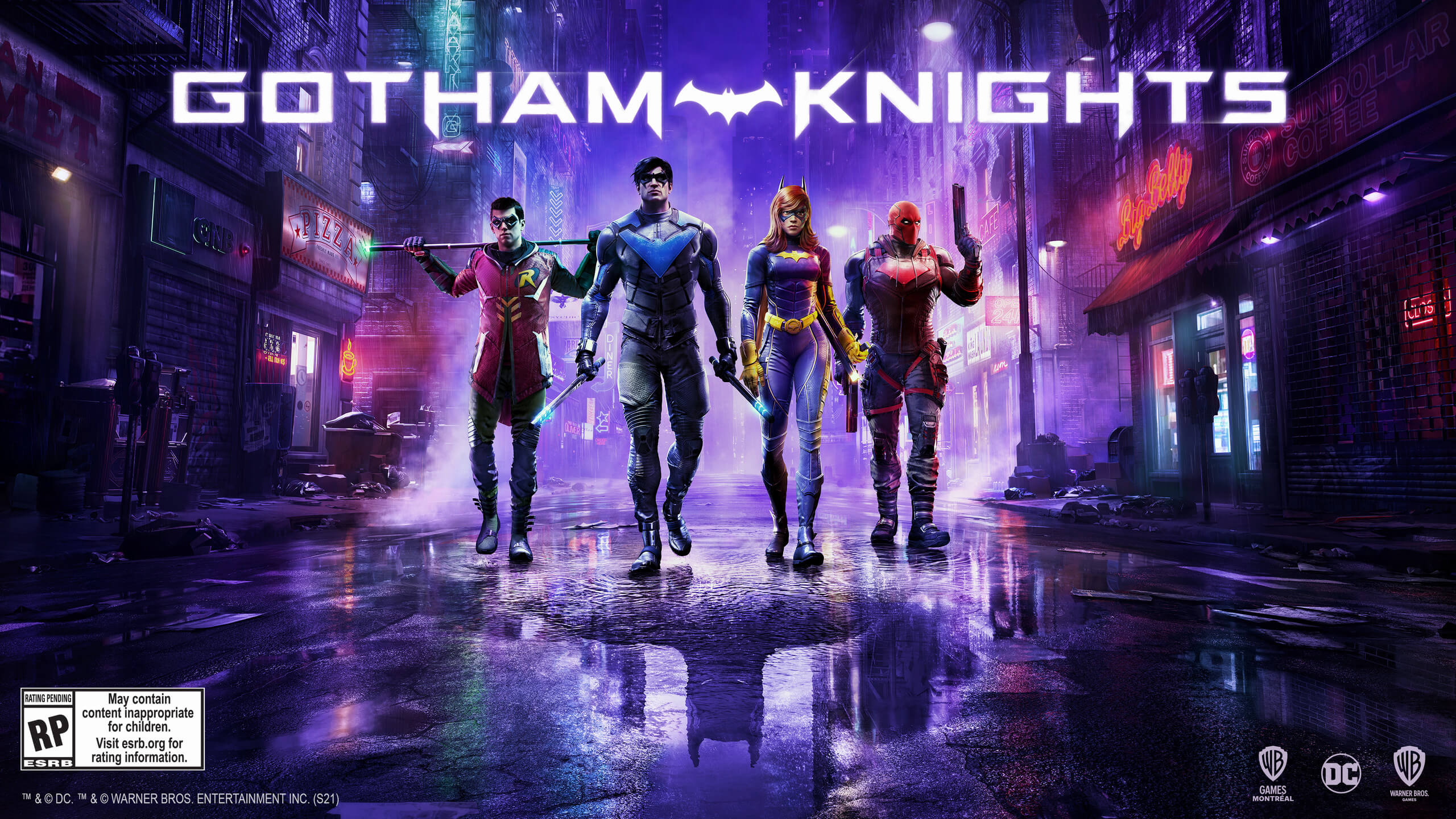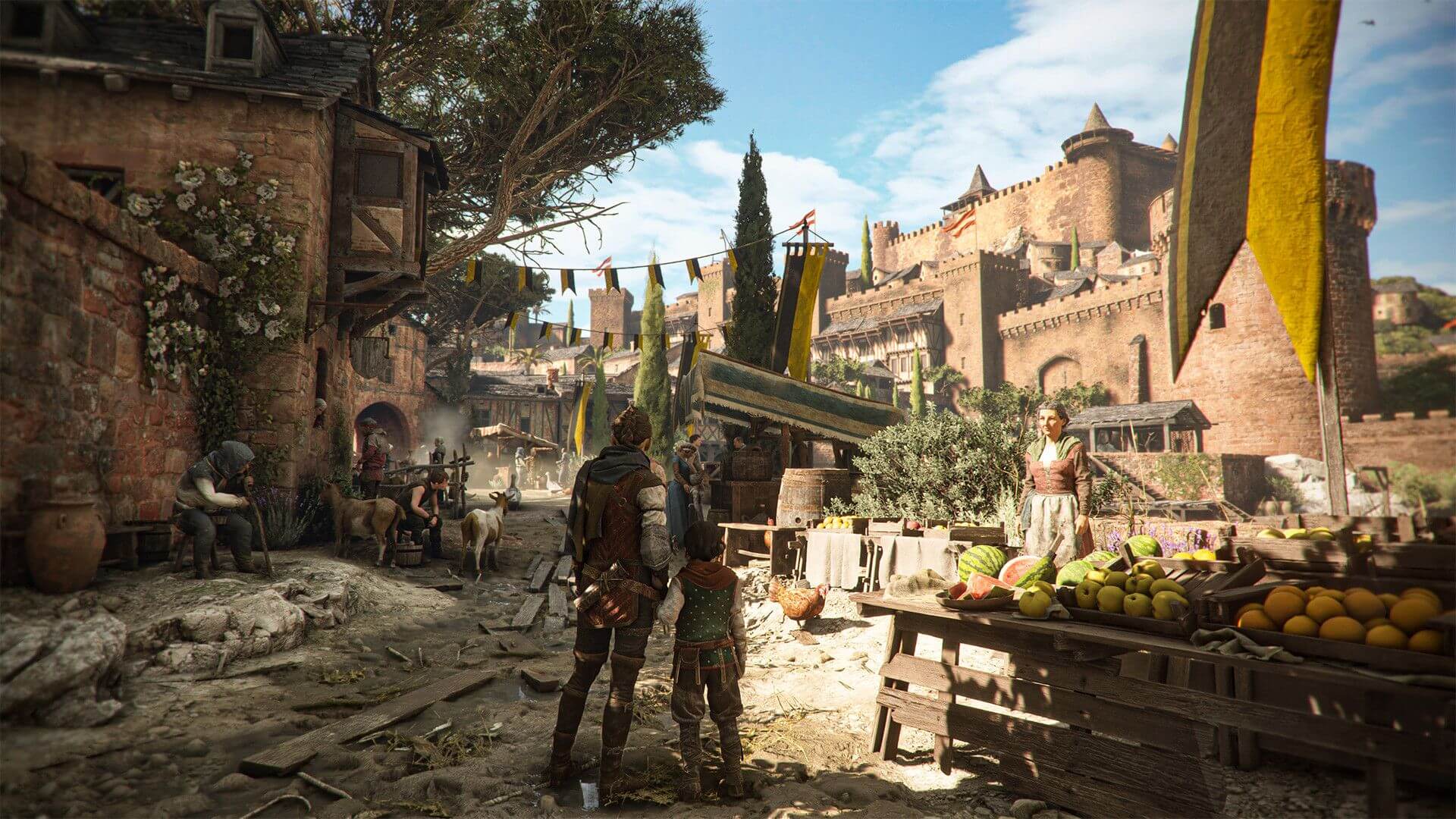Well I think that's a
bit generous, but I can understand it. I'm first and foremost about frame consistency as well.
Most of the tech reviews of this title felt a little lacking in answering my specific concerns, so curiosity got the better of me and as such, I temporarily nabbed (ahem) a copy of UC: Legacy Of Thieves to just see on a technical level how it fares on my 3060/I5-12400 system, esp compared to my PS5 copy.
The Good:
- Indeed, that framerate consistency! I've played for about 90 minutes, and who knows beyond that (no driving sections yet) - but so far, I have not seen one stutter, frame skip, blip, bad frame pacing etc that was not attributed to GPU load (which always reaches full load too btw, no weird vsync issues). I'd actually say it's one of the most consistent titles in delivering frames that I've played. Now here's the thing though...I started it without letting the shader compile finish just to see what effect it had. Absolutely none. They continued to process in the background, but that's precisely it - the background. Now granted my target was 60fps so perhaps that would reveal issues with going for a locked 120, but it's also just an i5-12400 too.. My fear that you would be waiting '20 minutes after every driver update' appears largely unfounded. CPU load in total was around 35-40% while this was happening, so it does look like they took special care here. Now maybe if you jump back into a fierce firefight level after a driver upgrade this may not be the case, but then again while Lost Legacy has you slowly strolling through a market from the start, UC4 throws you right into a speedboat firefight on raging seas, which had no issues when shaders were only 15% done at that point. You will get a longer initial load if you don't wait for the shaders to finish sure, but even that's very minor- that's a one-time load when loading up the game, even if you skip cutscenes, following scenes can take just a few secs - if you even see a loading screen at all. This is from a SATA SSD as well.
- UC4 is able (so far) to deliver, 60fps at 4K on high/Ultra (textures/aniso) with DLSS performance through about 95% of my run, so better than I expected. The opening scene with your boat in a storm, being fired upon with tons of alpha effect? Locked. Running through the prison riot with huge explosions, no problem. Large gang fight? Close ups of characters being driven face-first into the dirt? Solid 60. A few scenes early in the orphanage, and some scenes underwater and with foliage outside at certain camera angles, I saw drops in the 50's, but very brief. There's no wild swings in terms of load just because you turned a corner, even in CPU load it's remarkably consistent, it uses 32-37% of my i5 constantly, I don't think I've seen a game deviate so little through so many different scenes. Again I'm relatively early, and note - I'm specifying UC4, not Lost Legacy, it's sister (and better, imo) campaign. More on that later.
- Immediate switch of iconography if you move to Xbox/PS4 controllers. A minor benefit but some games do get confused, not here.
The Middling:
- Lost Legacy Performance. I've only just started the opening scene and walked around in the alleyways, but this is definitely heavier than UC4. (UPDATE: Initially with DLSS performance at 4K I was reporting framerates in the mid 30's, but I reloaded and now get in the mid 50's in the market, and 60's once outside of it. So not amazing, but certainly better than before.) So heavier than UC4, but then I could then just lower my res to my usual 1800p when 4K is too much. But there's a problem with that:
- Tying into the above - no fullscreen exclusive mode. Now I know that's not exactly uncommon with DX12 titles, but this goes one step further on the annoyance scale as you cannot change your resolution from your displays default. Ok, so just use the render scale slider, that's what it's for! Well, two problems with that:
- You cannot use render scale if you also use DLSS or FSR. So on a 4K display, the DLSS Ultra performance derived from your native res the best you can get. Sure, you can get 60fps with that. It of course, looks like shit. DLSS performance isn't fast enough, so you're kinda sol.
- If you don't use DLSS, then the render scale automatically uses TAAU. So a render scale of 50%, the lowest it can go, is even worse in framerate than DLSS performance.
- So the only solution to then get the performance up if scaling/DLSS isn't doing it is by changing your desktop resolution in order to use a non-reconstructed res to start with, kinda bush league stuff here. The only bright spot is being that since it's a borderless window, you can just alt-tab to your desktop and change it, then flip back in - the game picks it up immediately. This really shouldn't be necessary though.
- DLSS. In most cases, it's very good. DLSS performance at 4K is a noticeable step up from PS5 performance mode (1440p) in image quality. 1440p with DLSS Quality? Ehhhh maybe not. There still are some bugs regardless of the starting res or what DLSS quality mode you use that don't appear at all from the equivalent native res DLSS starts from, sometimes it can really freak out which usually manifests in a sudden spurt of white pixels flickering - like in a scene when escaping the orphanage involving glow from the moon hitting a chain link fence. These were specific scenes and very brief, but there were distracting when they occurred. If that was the extent of it considering the rest of its quality though, the DLSS implementation might actually be in the 'good' category. Unfortunately...
The Ugly:
- DLSS affects shadow quality. Surprised how so many have missed this, it's pretty evident when you're switching DLSS on/off even when the graphics menu blurs the background, you can see the scene dim with more detailed shadows without DLSS immediately. Don't know if this is just another DLSS LOD issue, albeit no indication it's happening with textures so doubt it. Unlike the other artifacting problems though, DLSS quality modes do at least affect this, which means that DLSS performance shows this far more noticeably than DLSS quality - but this should definitely not be happening regardless of mode. It's also amplified by the fact the shadows were probably the one area that needed the most improvement - even Ultra shadows without DLSS is an extremely minor upgrade over the PS5, there are still scenes with blocky flickering shadows and shadow banding. With DLSS though, even in Quality mode - you're getting worse shadows than default. Again, my skepticism whenever I hear "Just turn DLSS on, no reason not to!".

- 30fps option has, not surprisingly, shit frame pacing. Yeah this is not something most members of this forum will ever use, and I know it's rare for PC games to ever get this right to begin with, but it never makes sense to include it and not care about it - most people who are going to be using such an locked option will want that frame delivery to be consistent if you're going to settle for such a low framerate. Thankfully, with Rivatuner and a scanline Sync/X2 set to 1, that does remedy it in my tests. But that usually adds more latency than the game's own offering, so get this right devs if you bother to include it, don't just set a frame cap and call it a day. Double buffer that shit.
- Aside from the DLSS bugs, some random lighting bugs. For example as young drake in a room, a random spotlight kept appearing on the floor. These are rare so far though.
- Scaling of graphics settings. As DF mentioned, offer very little for both image quality and any performance gains. The worst of both worlds.
So yeah, they gotta fix that DLSS shadow & white pixel problem*, along with the motion blur & LOD that Alex covered. There's work to be done no doubt.
*See posts a few down. This does not occur under FSR.
But like
@Remij said, the stating base is actually very solid. Despite the egregious GPU load, I would still rate this a 'good' port atm - with the caveats that they fix those bugs of course. If they don't, well then no.
It may not scale as high as expected given the GPU grunt it needs, and older cards are not delivering the performance they should either, sure. But it's also
extremely consistent, it's a title that's going to shine as you upgrade your hardware, your thought won't be "I really hope this upgrade resolves those frame skips and stutters", it will just be "Cool, I get better performance at higher res now". That's what you should expect.

www.dsogaming.com
 State of the art man, and so much better than all those cross gen. games.
State of the art man, and so much better than all those cross gen. games. 
